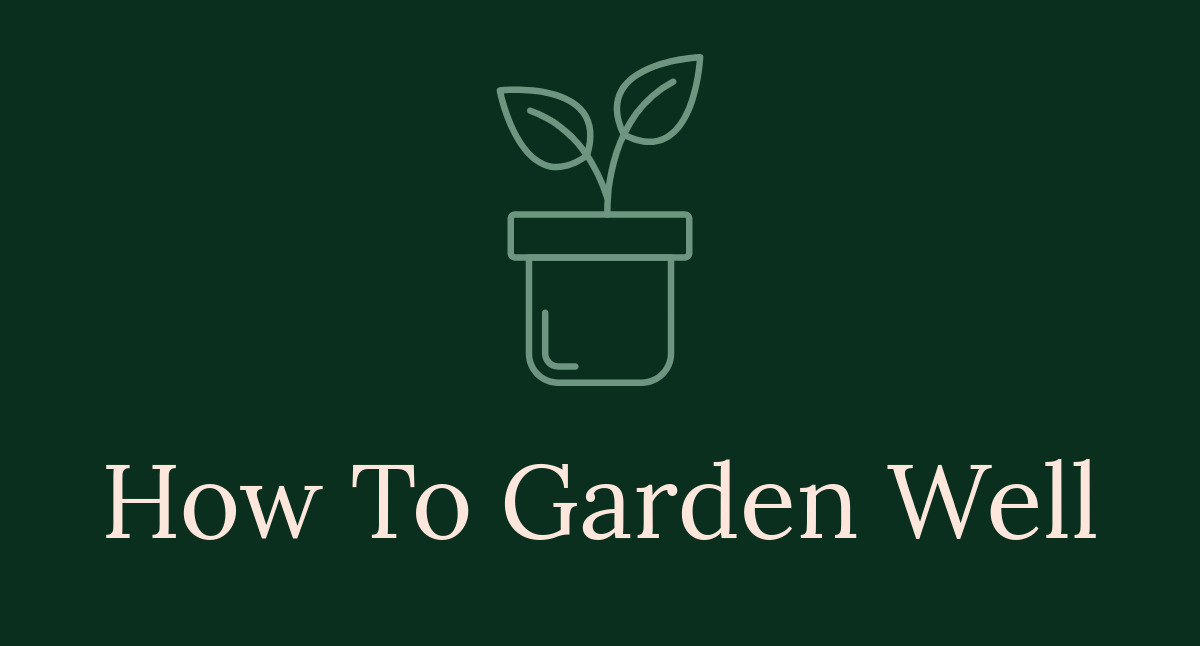

India Seeds and Plants: A Comprehensive Guide to Growing Your Green Thumb
Introduction
Seeds and plants are the heart of Indian gardening and agriculture. They embody the rich diversity of Indian flora and hold deep cultural significance. Gardening in India is not just a hobby; it’s a way to connect with nature and heritage. The rise of urban gardening reflects a growing appreciation for home cultivation, offering benefits like fresh produce and improved mental well-being.
Speaking of fresh produce, if you want to take your gardening to the next level, consider getting a Drip Irrigation Kit. This nifty little gadget will ensure your plants are hydrated without drowning them, and it saves water too! Perfect for those who like to be eco-friendly while still enjoying their gardening.
Summary and Overview
This guide covers essential topics for anyone interested in gardening in India. First, we’ll discuss the importance of selecting the right seeds. Understanding the types of plants available, from vegetables to ornamental flowers, is crucial. We will also explore sustainable gardening practices to ensure a healthy environment. Additionally, we’ll provide practical tips for successful gardening, making this guide valuable for both beginners and seasoned gardeners. Whether you want to grow a small herb garden or a larger vegetable patch, this article aims to empower you with the knowledge to choose the right seeds and plants for your garden.
And if you’re serious about growing your own food, you might want to check out “Organic Vegetable Gardening: How to Grow Your Own Food the Easy Way”. This book is like having a gardening guru right in your pocket, guiding you through the process of growing your own food without much fuss.

Types of Seeds Available in India
Open-Pollinated vs. Hybrid Seeds
Open-pollinated seeds come from plants that have been pollinated naturally. These seeds can be saved for future planting, maintaining the original plant’s characteristics. They tend to be more resilient and adapted to local conditions. However, their yields may be lower than hybrid varieties.
Hybrid seeds are created through controlled pollination, resulting in plants with specific desirable traits, such as disease resistance or higher yields. They often produce uniform crops, making them popular among commercial growers. On the downside, hybrid seeds cannot be replanted reliably, as their offspring may not exhibit the same qualities. This can lead to a cycle of purchasing new seeds each season.
Both seed types have their pros and cons. Choosing the right one depends on your gardening goals and preferences. Whether you opt for open-pollinated or hybrid seeds, understanding their differences is crucial for a thriving garden.
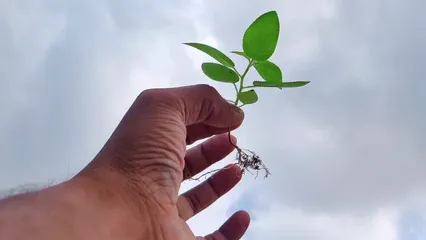
Popular Indian Vegetable Seeds
India boasts a rich variety of vegetable seeds. Here are a few favorites:
- Brinjal (Eggplant): Thrives in warm climates. This versatile vegetable can be grilled, stuffed, or used in curries.
- Bitter Gourd: Prefers humid conditions. It’s known for its distinct taste and health benefits. You can use it in stir-fries or juices.
- Cluster Beans (Guar): Grows well in sandy soil. These beans are often used in traditional dishes, adding a crunchy texture and flavor.
Each of these vegetables brings unique culinary benefits and delicious flavors to your kitchen. And speaking of delicious, don’t forget to grab some Seeds of India – Variety Pack of Indian Vegetable Seeds to diversify your garden!
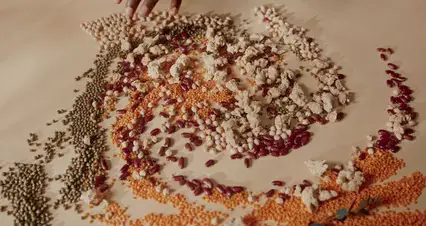
Flower and Herb Seeds
Flowers and herbs play vital roles in Indian culture. Here are some popular choices:
- Marigold: Easy to grow and vibrant. Often used in festivals and religious ceremonies, marigolds also repel pests. Learn more about marigold.
- Zinnia: Colorful blooms that attract butterflies. They thrive in sunny spots and are perfect for garden borders.
- Basil (Tulsi): Valued for its medicinal properties. It’s a staple in Indian cooking, enhancing flavors in curries and teas.
- Mint: Grows well in partial shade. Mint adds freshness to dishes and is widely used in chutneys and beverages. Discover how to grow mint.
These plants not only beautify your garden but also enhance your culinary experiences and health. For a truly delightful experience, consider using a Indoor Herb Garden Starter Kit to grow your favorite herbs right in your kitchen!

Growing Conditions in India
Climate and Soil Types
India’s diverse climate influences plant growth. The country experiences tropical, subtropical, and temperate zones.
- Tropical regions: Ideal for heat-loving plants like brinjal and bitter gourd.
- Subtropical areas: Suitable for a range of vegetables and flowers. They benefit from moderate temperatures and seasonal rainfall.
- Temperate zones: Great for cooler-weather crops, like spinach and carrots.
Soil quality is crucial for successful gardening. Different soil types include sandy, clayey, and loamy.
- Sandy soil: Drains well but may require more nutrients.
- Clayey soil: Retains moisture but can be heavy.
- Loamy soil: The best option, balancing drainage and nutrient retention.
Understanding these conditions helps you choose the right plants for your garden. And while you’re at it, consider investing in a Soil Moisture Meter to keep track of your soil’s hydration levels!

Seasonal Planting Guide
Gardening in India varies based on seasons. Here’s a quick guide to help you plan your planting.
Spring (March to May):
- Vegetables: Plant tomatoes, brinjals, and peppers.
- Flowers: Sow sunflowers, zinnias, and marigolds.
Monsoon (June to September):
- Vegetables: Ideal for sowing okra, cluster beans, and bitter gourd.
- Flowers: Plant cosmos, balsam, and hibiscus.
Winter (October to February):
- Vegetables: Grow spinach, carrots, and peas.
- Flowers: Plant pansies, petunias, and snapdragons.
By planting at the right time, you ensure better growth and yield. And don’t forget to keep your garden organized with Plant Labels to keep track of your plants!
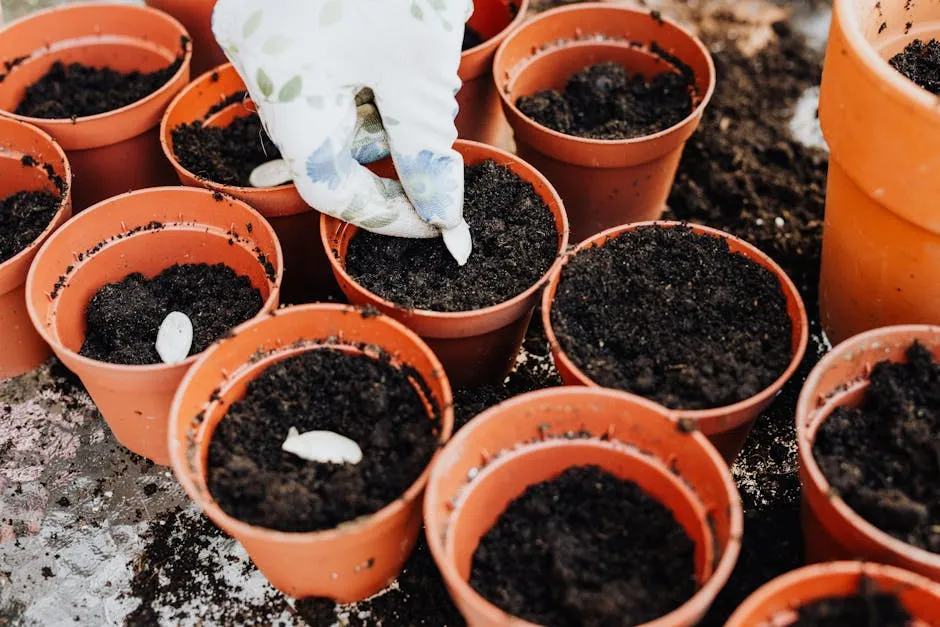
Sustainable Gardening Practices
Organic Farming Techniques
Organic gardening is a wonderful choice for health and the environment. It avoids harmful chemicals, promoting a healthier lifestyle. Using organic methods benefits soil health, encourages biodiversity, and improves air quality.
Benefits:
- Healthier produce without pesticides.
- Better soil structure and fertility.
- Enhanced ecosystem stability.
Key organic practices include:
- Composting: This recycles kitchen scraps and garden waste into nutrient-rich soil. To kickstart your composting journey, a Compost Bin is a must-have!
- Crop Rotation: Alternating crops prevents pest build-up and soil nutrient depletion.
- Natural Pest Control: Methods like introducing beneficial insects can reduce pest damage without chemicals.
These techniques foster a thriving garden ecosystem, making your gardening experience enjoyable and sustainable.
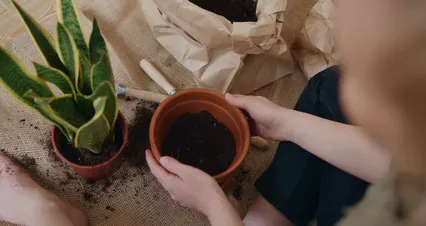
Water Conservation Techniques
Water is precious, especially in gardening. Efficient watering techniques can save resources while keeping plants healthy. Explore various water conservation techniques to make your gardening more sustainable.
Drip Irrigation: This method delivers water directly to the roots. It reduces waste and ensures plants receive the right amount of moisture. Learn how to build a DIY drip irrigation system.
Rainwater Harvesting: Collecting rainwater helps irrigate your garden naturally. It’s an eco-friendly way to conserve water. To further enhance your sustainability efforts, consider a Rain Barrel to collect and use rainwater!
Conserving water in gardening is not just beneficial; it’s essential. Using these techniques can lead to healthier plants and a more sustainable environment.

Buying Seeds and Plants in India
Where to Purchase Quality Seeds
Finding quality seeds is essential for successful gardening. You can explore several reputable online platforms like IndianPlantsNSeeds, Seeds of India, and SeedBasket. These websites offer a wide variety of seeds, including native and hybrid options. If you prefer shopping locally, visit nurseries or garden stores in your area.
When selecting seeds, look for high-quality packaging. The packet should be intact, and the seeds should appear healthy and unblemished. Check for freshness by looking at the expiry date. Seeds that are too old may have lower germination rates.

Understanding Labels and Packaging
Reading seed packets is vital for a successful gardening experience. Start by checking the germination rate, which indicates how many seeds are likely to sprout. A higher rate is better. Pay attention to the expiry date as well, since older seeds may not germinate well.
Furthermore, look for certifications like non-GMO and organic labels. Non-GMO seeds are grown without genetic modification, ensuring the plants are more natural. Organic seeds come from plants cultivated without synthetic fertilizers or pesticides, promoting a healthier garden ecosystem. To delve deeper into organic gardening principles, consider picking up the Organic Gardening Book by Ann Whitman.

Tips for Successful Gardening
Basic Gardening Tools and Supplies
Having the right tools makes gardening much easier. Essential tools include trowels for digging, watering cans for irrigation, and gloves to protect your hands. A good pair of Gardening Gloves can also help with trimming plants effectively.
Proper supplies are crucial for success. Quality soil and compost provide nutrients for plants. Seedling trays or pots help you start seeds indoors before transferring them to the garden. Without the right tools and supplies, your gardening efforts may not yield the best results. You might even want to invest in a Trowel and Cultivator Set to make digging and planting a breeze!
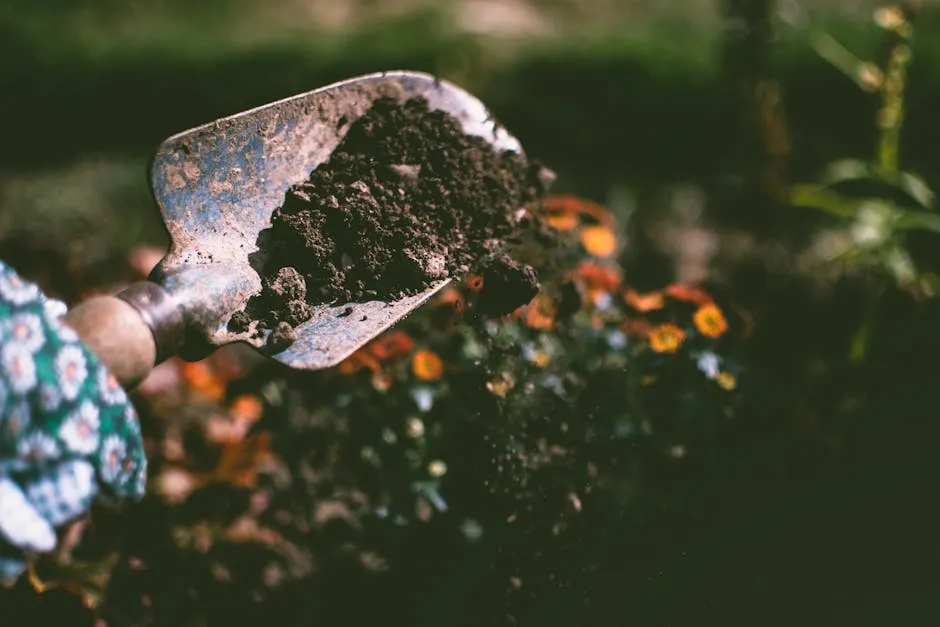
Common Gardening Mistakes to Avoid
Gardening can be a rewarding hobby, but many new gardeners stumble on common mistakes. Let’s look at two frequent errors: overwatering and poor seed selection.
Overwatering is a common issue. It can lead to root rot, which harms plants. To avoid this, check the soil moisture before watering. Stick your finger about an inch deep into the soil. If it feels dry, it’s time to water. Always use pots with drainage holes to let excess water escape.
Another mistake is poor seed selection. Choosing seeds not suited for your climate can result in disappointment. Do your research on which plants thrive in your area. For instance, if you live in a hot region, opt for drought-resistant varieties. Reading seed packets for guidance is crucial. To ensure your plants thrive, consider a Soil Testing Kit to check your soil’s health and nutrient levels.
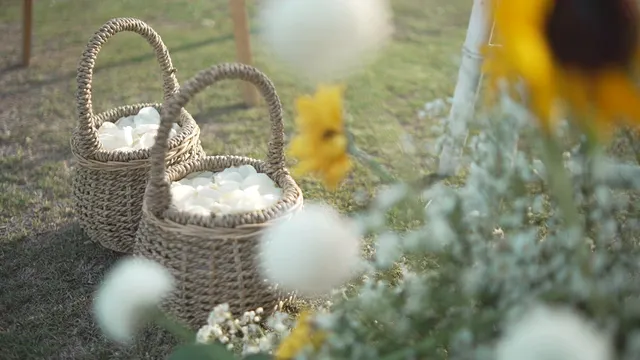
Conclusion
In this guide, we’ve explored the vital aspects of gardening in India. We discussed seed selection, growing conditions, and sustainable practices. Starting your gardening journey with the right information is essential. Growing your own plants and vegetables not only enhances your meals but also brings joy and fulfillment. Embrace the beauty of nature and enjoy the benefits of home gardening. Your green thumb awaits!
FAQs
What are the best seeds to start with for beginners in India?
Beginner-friendly seeds include spinach, mustard, and marigold. These are easy to grow and thrive in various conditions.
How can I ensure good germination of seeds?
Prepare your soil well by mixing compost. Keep the soil moist but not soggy. Maintain an ideal temperature for the seeds you are planting.
Are there any specific plants that thrive in Indian climates?
Yes! Plants like brinjal, okra, and marigold do well in tropical and subtropical climates. Always check local conditions for better results.
What is the difference between heirloom and hybrid seeds?
Heirloom seeds come from plants that are open-pollinated and can be saved for future planting. Hybrid seeds are created for specific traits but cannot be reliably replanted.
How often should I water my plants?
Watering frequency depends on the plant type and climate. Generally, check the soil; water when it’s dry about an inch down.
Can I grow plants in small spaces or balconies?
Absolutely! Container gardening and vertical gardening are great options. Use pots and hanging planters to maximize your space.
What resources are available for learning about gardening in India?
Look for gardening books, local gardening clubs, and websites dedicated to Indian gardening. Online forums can also provide valuable insights and tips.
Please let us know what you think about our content by leaving a comment down below!
Thank you for reading till here 🙂
All images from Pexels
